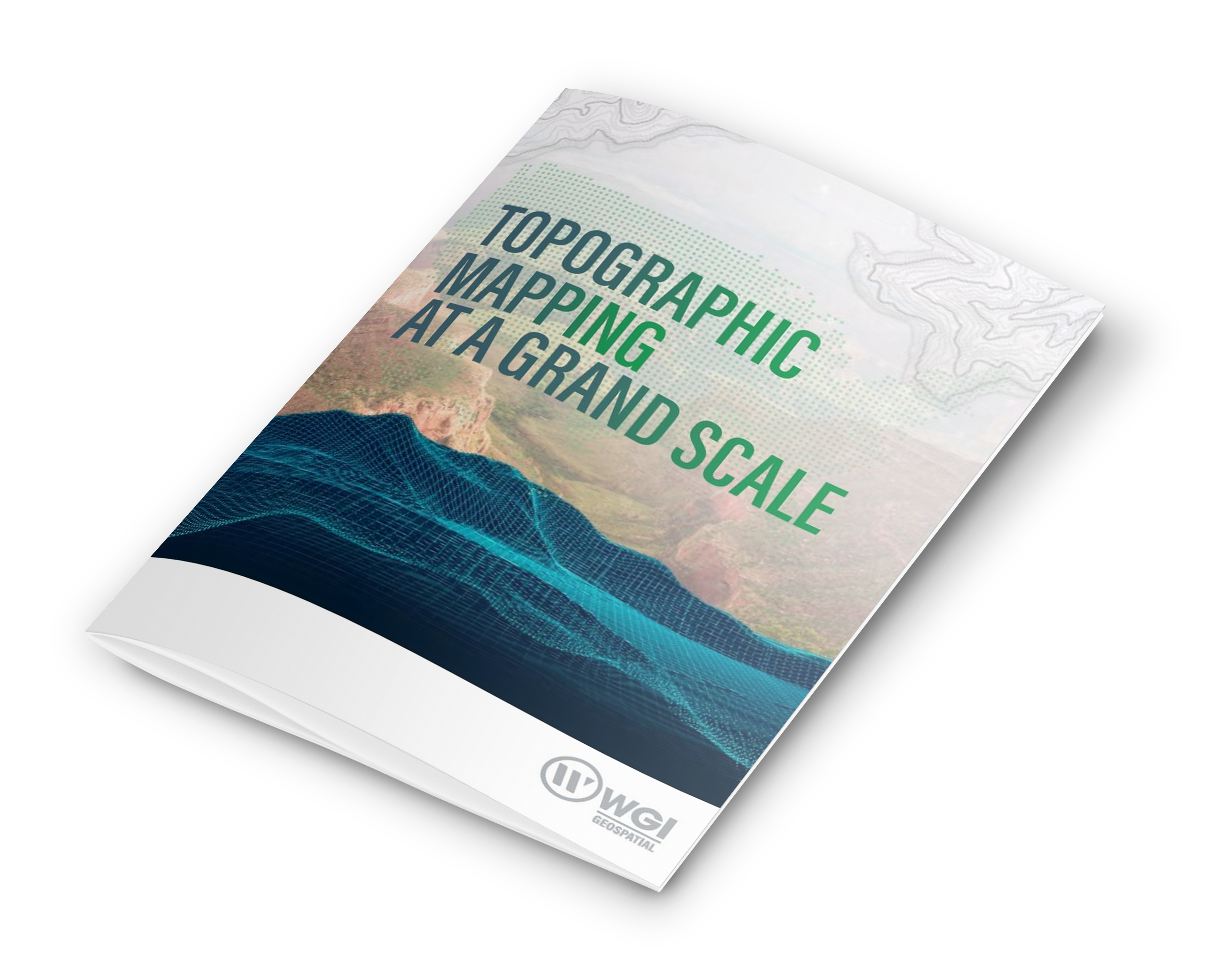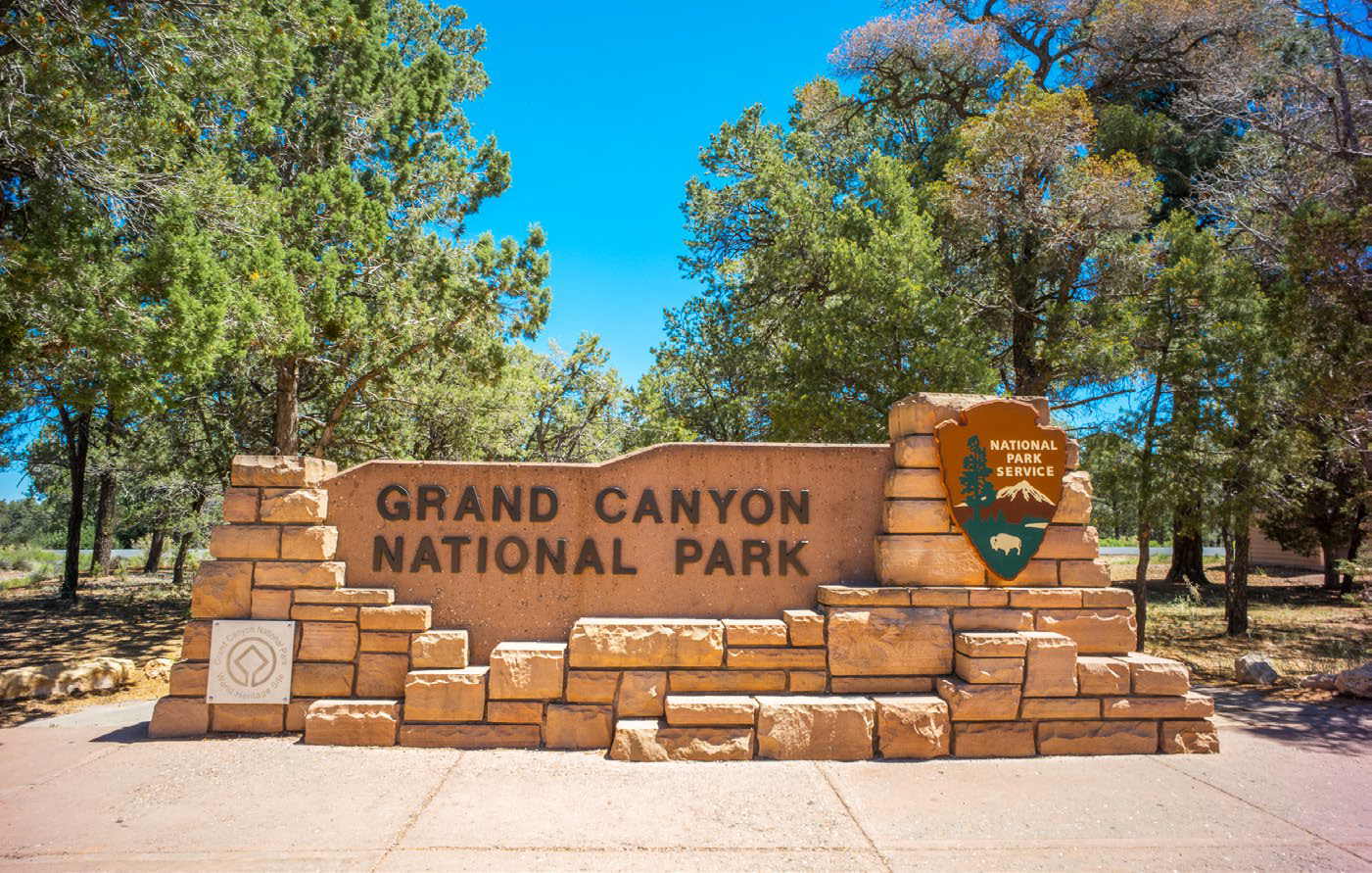Topographic Mapping at a Grand Scale
Digital maps and models representing the topography, natural landscape, and developed environment of every square mile of the United States are being developed for use by scientists, government officials, and citizens. But how can you overcome the logistical challenges associated with mapping a larger-than-life landscape?
Discover how comprehensive planning and cutting-edge geospatial technology were leveraged to successfully map one of the most challenging 3D Elevation Program projects to date. Take to the skies in our latest whitepaper as we unveil the wonders of mapping the second natural wonder of the world, the Grand Canyon!


Innovation and Collaborative Solutions
Don’t miss your opportunity to:
- Explore the nuanced technical aspects of this lidar initiative, where WGI's specialists gathered and analyzed aerial lidar data crucial to mapping significant sections of the Grand Canyon.
- Explore geospatial products, including a classified lidar point cloud, a first-return Digital Surface Model (DSM), and a bare-earth Digital Elevation Model (DEM).
- Learn about the meticulous ground control components, surveying 33 independent ground control points and 80 lidar checkpoints, ensuring the accuracy of the lidar data against known ground truth.
Plus, we’ll even grant you a sneak peek into the distinctive top-tier dataset employed for this project, leading to enhanced models and a higher-resolution analysis.
What's Inside
John Wesley Powell led the first survey expedition of the Grand Canyon in 1869. Over 150 years later, it’s time to explore how WGI has leveraged in-depth planning and cutting-edge technology to revolutionize the geospatial landscape on a grand scale with the highest-resolution dataset of this stunning landscape to date!
Download Our Whitepaper:
Topographic Mapping at a Grand Scale
And let us introduce you to the insights that are truly transforming how our world is envisioned, designed, and experienced.